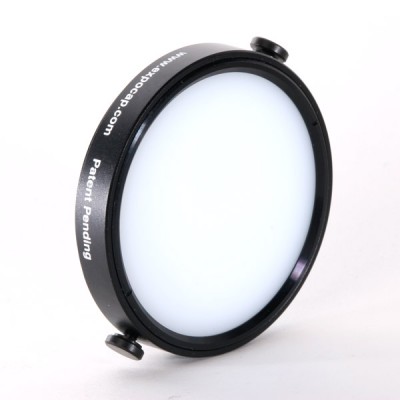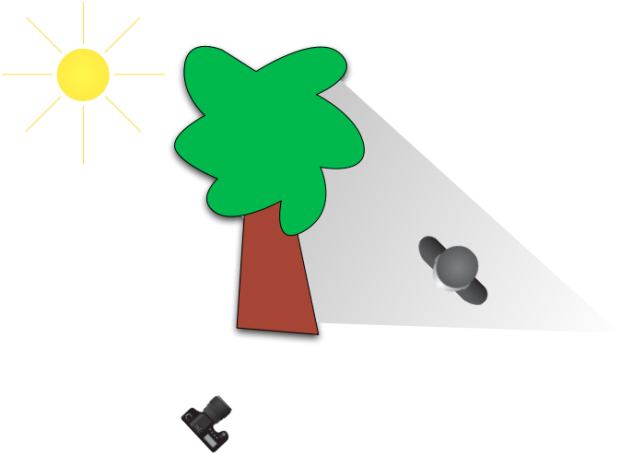 It may be purely coincidental, but over the last few days, I've heard a lot of buzz about various products that clip onto the front of your camera to help you white balance your images. The idea is that you place a special lens cap on your camera, snap a photo, and use that color as a reference color when you edit your photographs.
The devices come in lots of different types: full-covering caps, dome-shaped caps, home-made versions made out of coffee filters or Pringles caps, or any number of other surfaces.
It may be purely coincidental, but over the last few days, I've heard a lot of buzz about various products that clip onto the front of your camera to help you white balance your images. The idea is that you place a special lens cap on your camera, snap a photo, and use that color as a reference color when you edit your photographs.
The devices come in lots of different types: full-covering caps, dome-shaped caps, home-made versions made out of coffee filters or Pringles caps, or any number of other surfaces.
In theory, it's a great idea, but it has a flaw: A white balancing cap like this measures all light that hits it. Can you spot what the problem might be?
Imagine your lighting set-up is like this, for example

You are in the sun, but your subjects are in the shade. Your white-balancing cap will measure the light that's hitting your camera (direct sunlight - or around 5,500 Kelvin or so). However, your subject will be in the shade (around 7,000 Kelvin or thereabouts).
The outcome is utterly predictable: Your white balance is going to be miles off.
So, what's the solution? It's simple:
Don't white-balance where you are taking photos from... White-balance what you are taking photos of.
